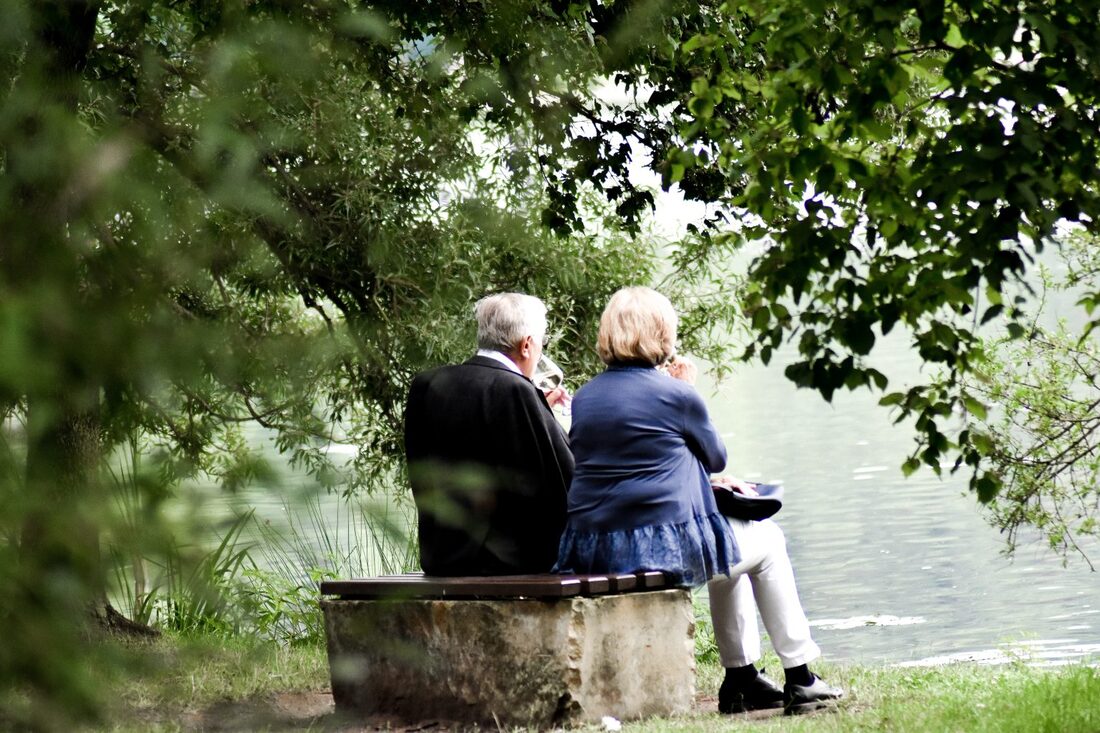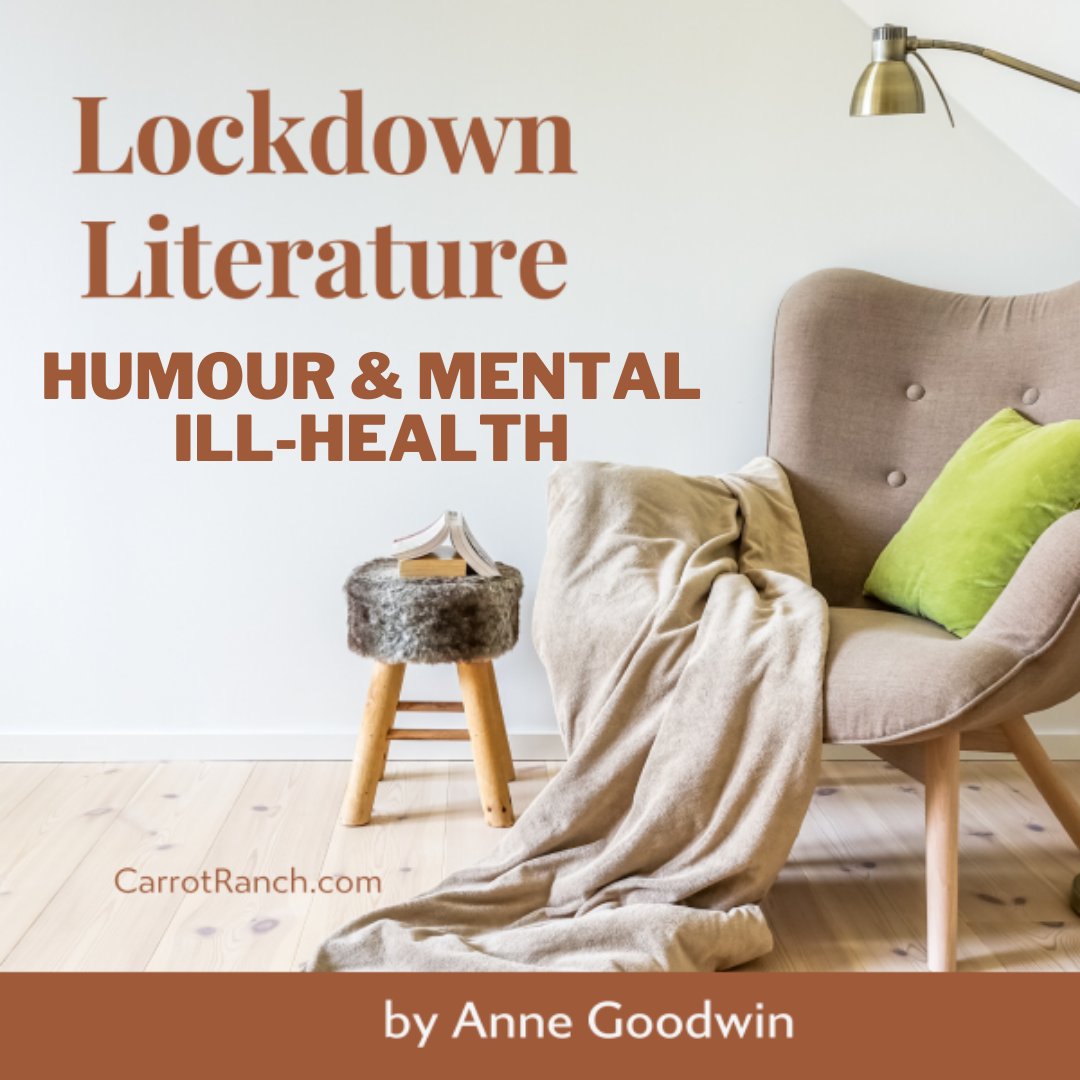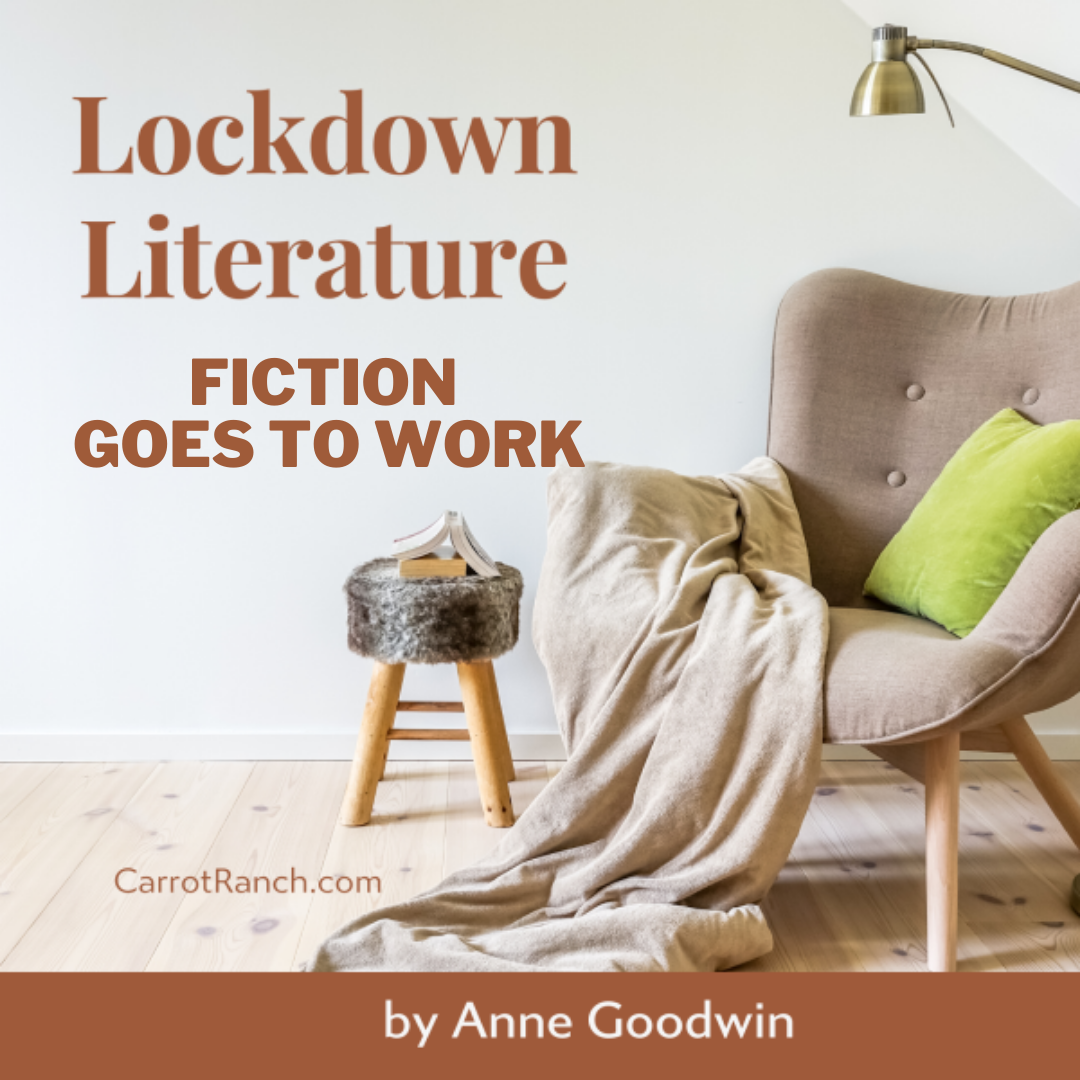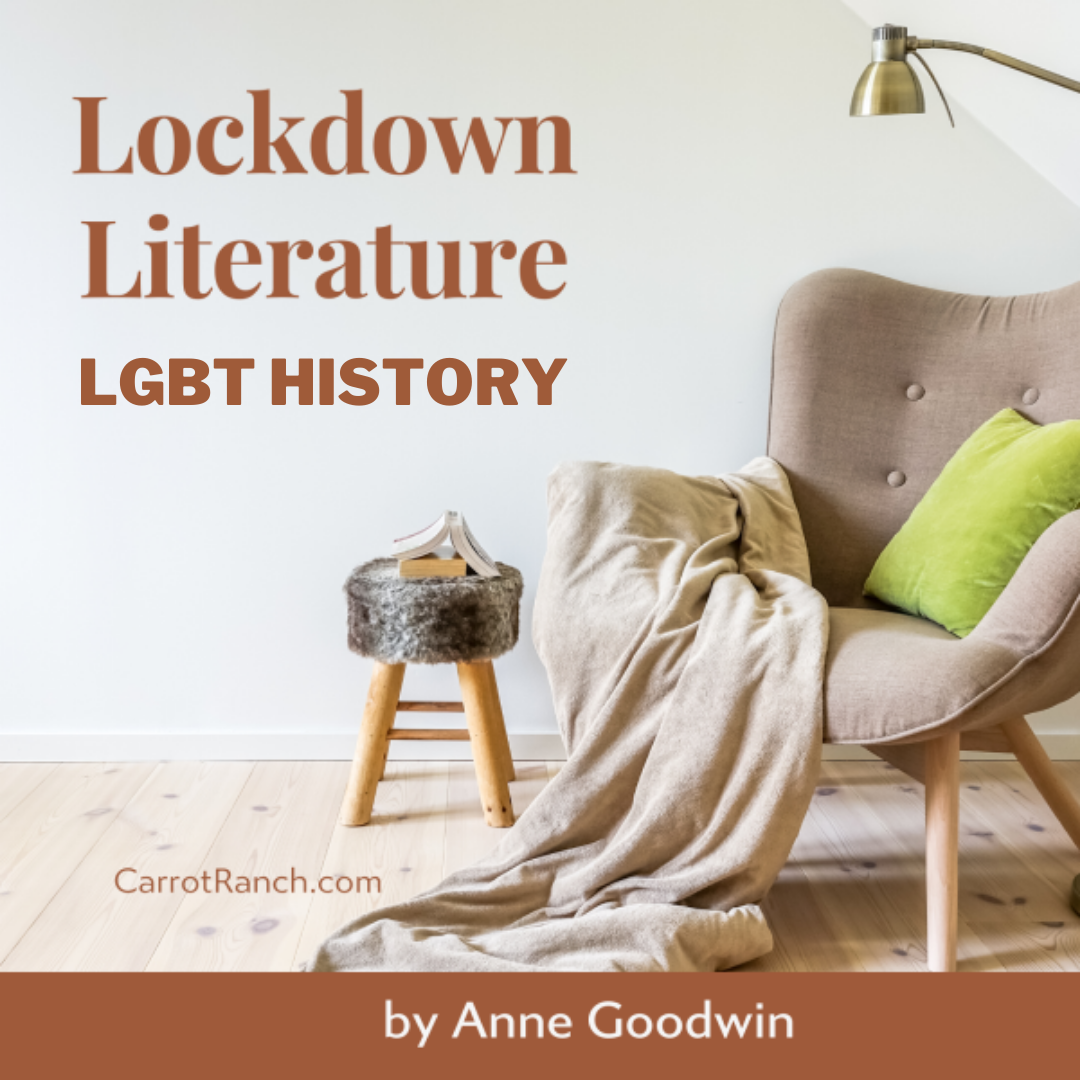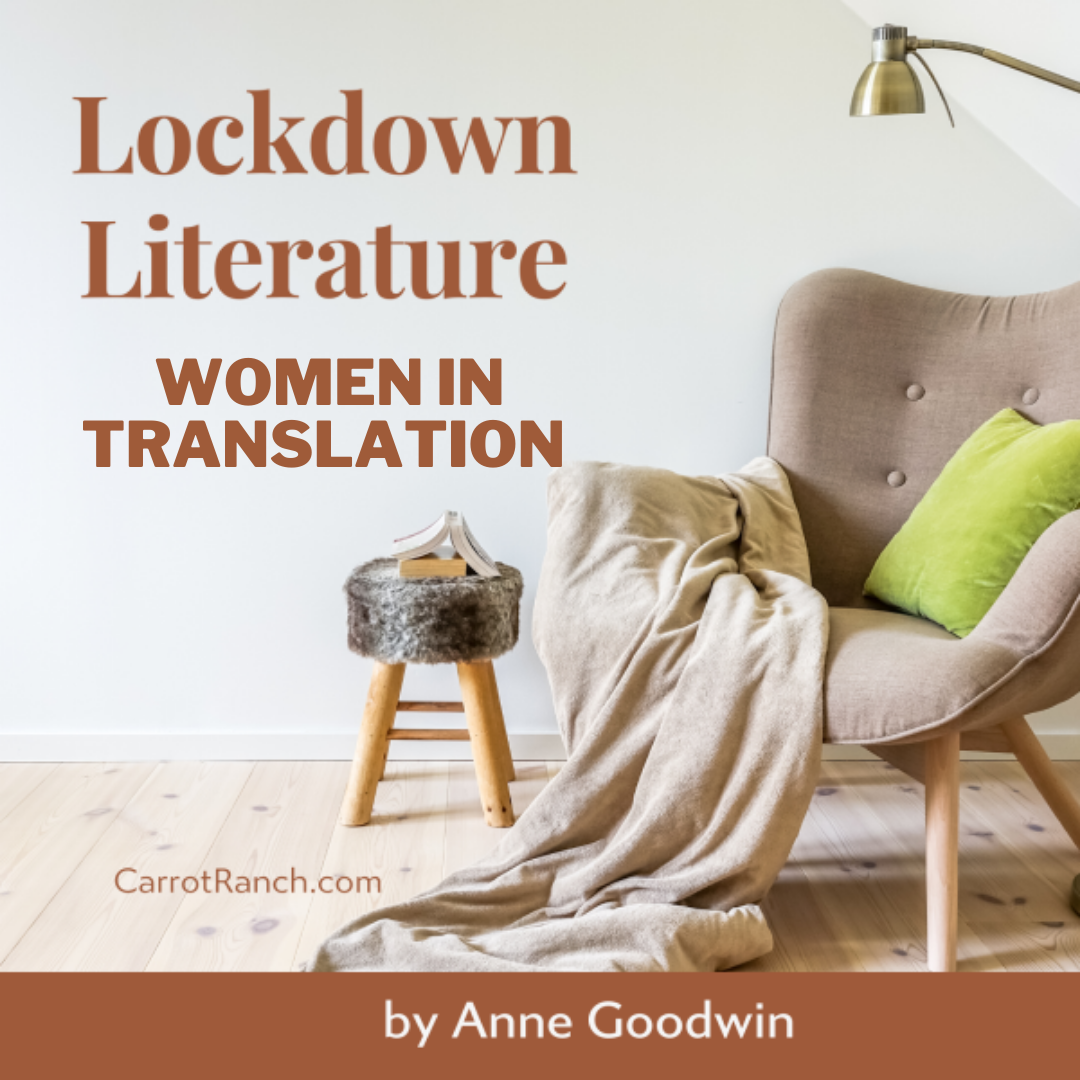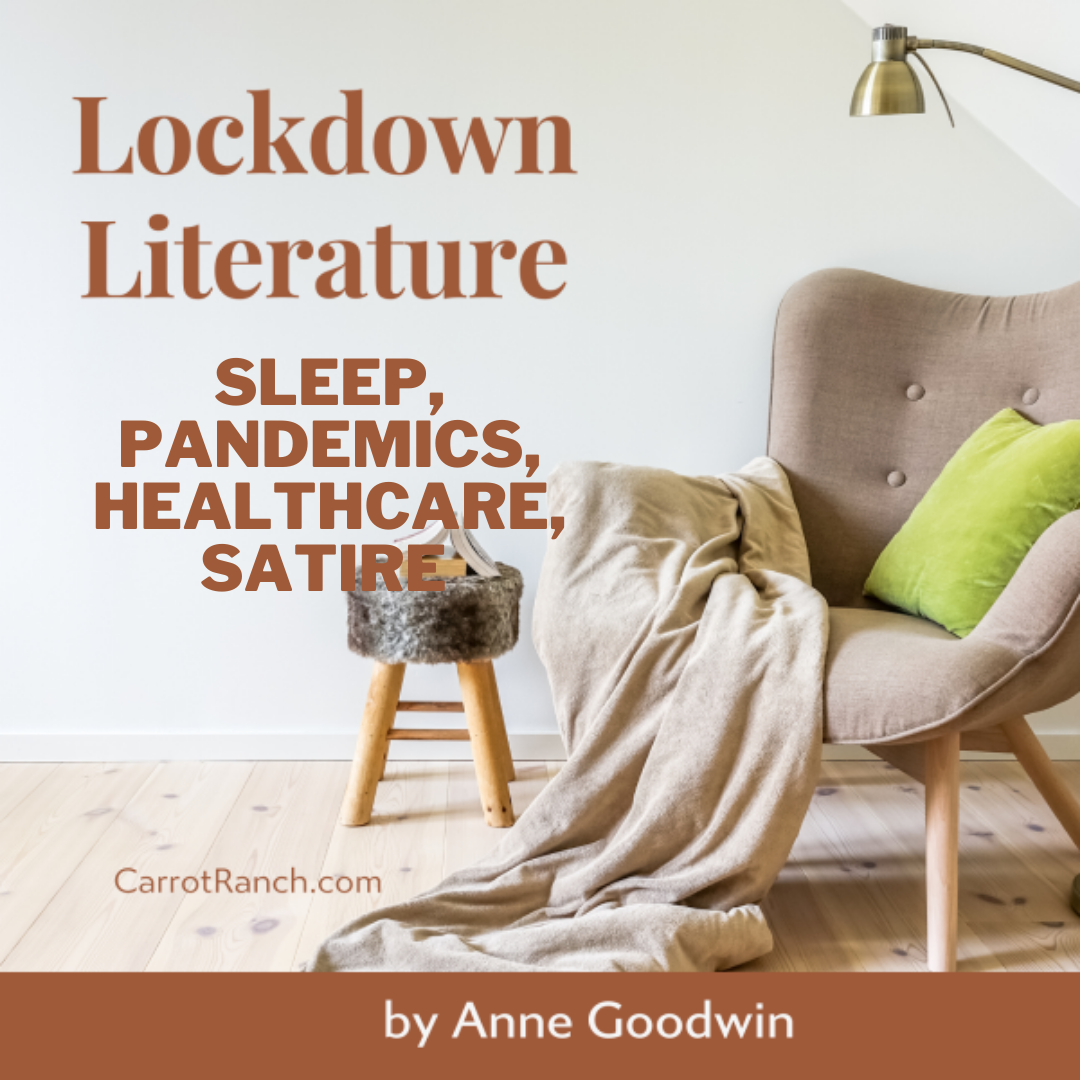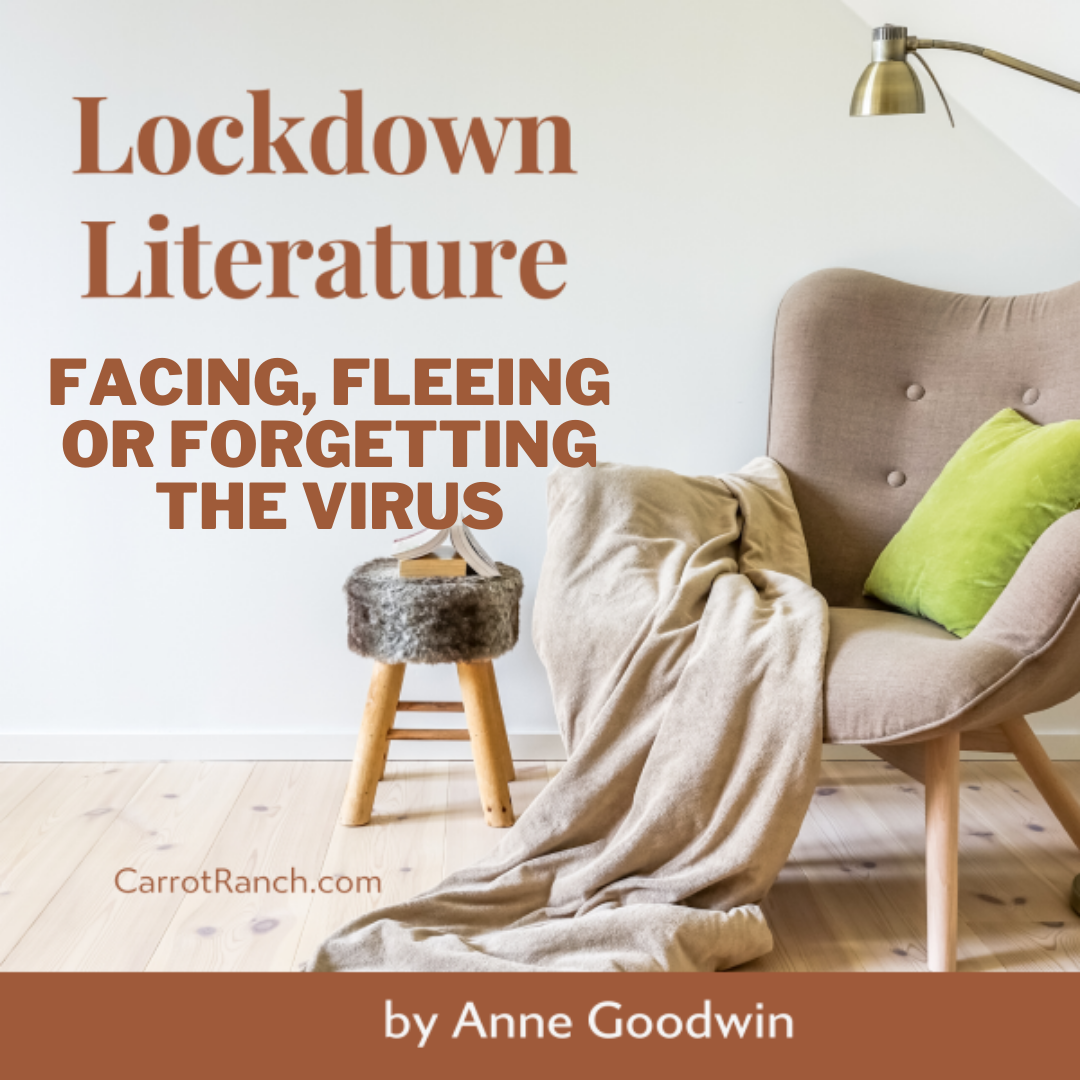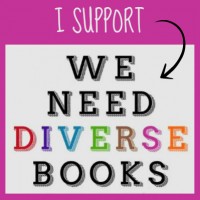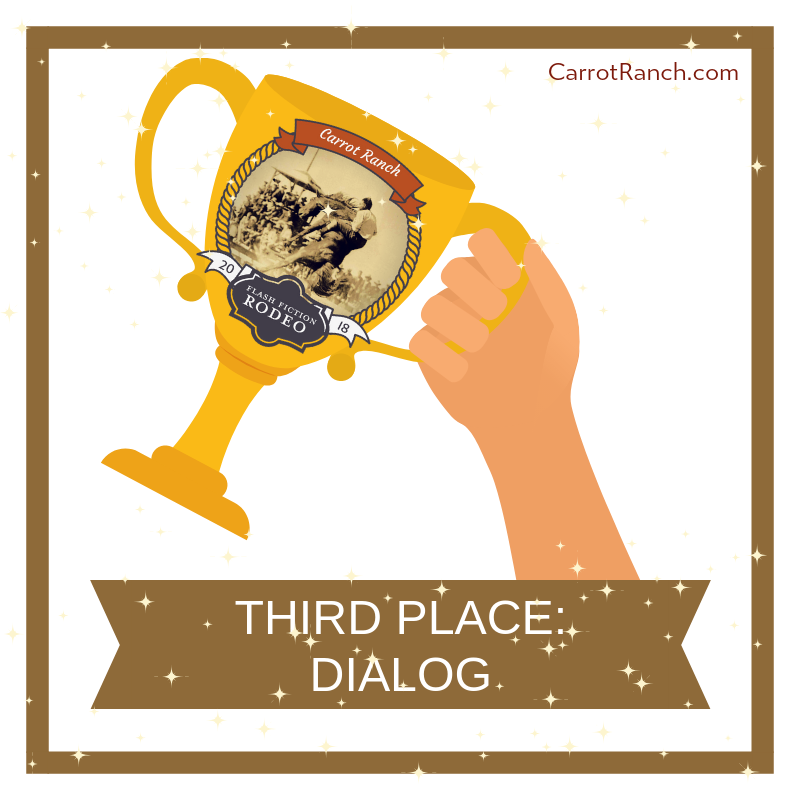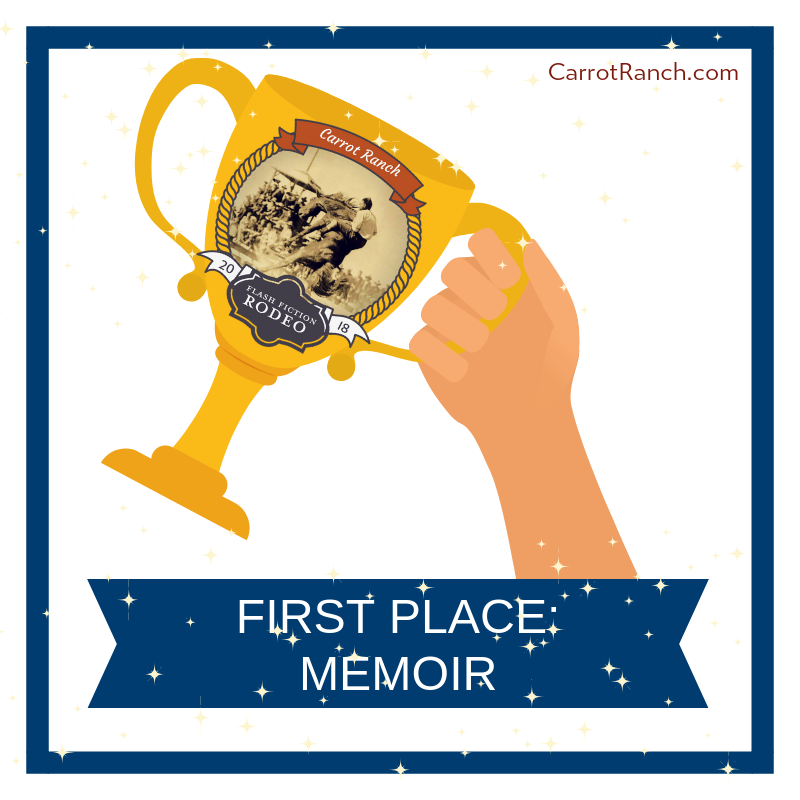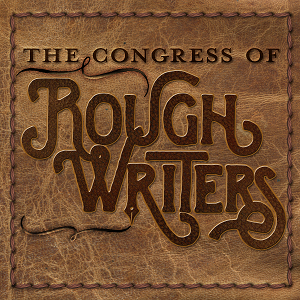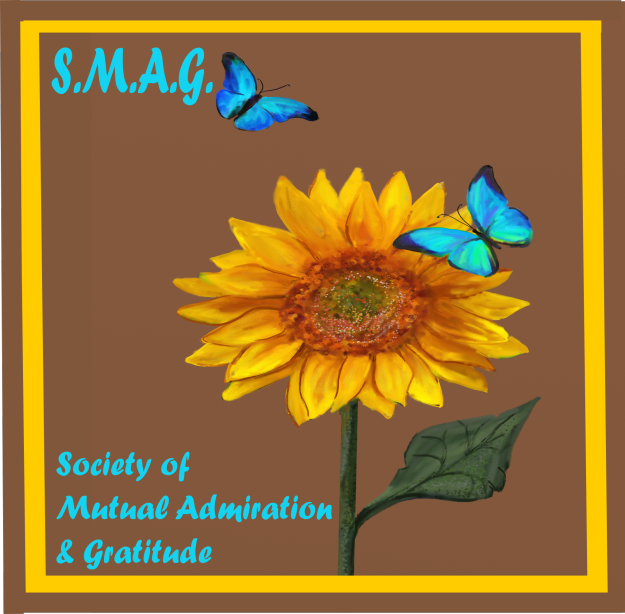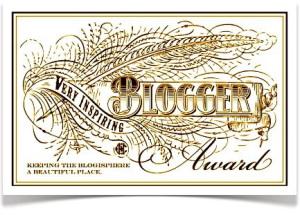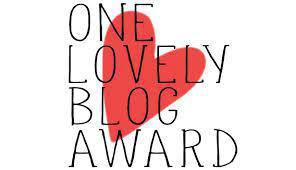| In early 1952, a new preacher arrives with his teenage son in a small town in northern Vermont from across the border in Montréal. Walt Andrews is hard-working, intelligent, friendly and enterprising. As a bonus, he’s good at sport. Most of the congregation is happy with his appointment, although some are offended by the colour of his skin. |
Welcome
I started this blog in 2013 to share my reflections on reading, writing and psychology, along with my journey to become a published novelist. I soon graduated to about twenty book reviews a month and a weekly 99-word story. Ten years later, I've transferred my writing / publication updates to my new website but will continue here with occasional reviews and flash fiction pieces, and maybe the odd personal post.
On trial for murder or the colour of his skin? A Stranger in the Kingdom by Howard Frank Mosher5/1/2024
4 Comments
I’m sharing my thoughts on two historical novels I’ve read recently, both featuring young women struggling to survive against the odds. The first is set in England in the 1660s, the second in Italy a century earlier.
October is Black History Month in Europe and the focus this year is on women. So I’m pleased to share my reviews of recent reads of novels by talented Black women writers which illuminate the lives of Black women in mid nineteenth century America. The first interweaves the narrative of another atrocity in which Britain was complicit: the Irish famine. The second shows how far women will go to salvage some control of their fertility.
We can’t get enough of the Brontës, can we? Whether it’s rereading the classic stories or rewriting them or delving into the lives of the authors, the sisters never seem to go out of fashion. So here are two recent reads inspired by them and their books. The first is a contemporary rewrite of Charlotte’s Jane Eyre, while the second is historical fiction with a particular focus on Emily, the author of Wuthering Heights.
Here are reviews of two different types of English political novel. The first is contemporary and addresses how political events impact on an ordinary London family. The second is a historical novel that gets right to the heart of one of the most turbulent periods of British history.
Two translated novels, both with a contemporary and historical element, which address the female struggle for autonomy and self-expression in a misogynistic and racist world.
Let me tell you about these two novels about women’s lives in terrain under occupation by external powers. The first is a historical novel about the struggle for personal and political freedom in 20th-century Greece. The second is a futuristic dystopia about how, in the climate crisis, the wealthy lay claim to the coolest lands.
I’m pleased to share my thoughts on two recent reads which focus on collecting the testimonies of women wounded by policies and practices rooted in racism: the first set in the early 1960s and the second century before.
My final two reviews of 2022 are tenuously linked by being set in closed communities in which unempathic people hold vulnerable creatures in their power. I refer to creatures less because the staff of the nightmare care home in the first novel don’t seem to regard their charges as human and more because the inmates of the second – where the compassion of the lowliest employee almost compensates for the attitude of her senior colleagues – are dolphins.
These two recent reads are about challenging women’s traditional roles as homemakers in the mid twentieth century. The first focuses on the barriers facing a woman seeking a career in science in early 1960s America. The second follows the fortunes of three sisters and their mother as the times change in 1970s France.
I love the freedom fiction gives me to make things up, but I also enjoy the facts I discover in the course of my research. In my novella, Stolen Summers, I gave my character, Matilda, a dancing partner who attracted and intrigued her, partly because he came from a different background.
A woman lives with her husband on a farm a short distance from a small town. There’s a distance between the partners also but they’re bound by habit and circumstance. When strangers arrive on their land, convention dictates they should chase them away. Instead, a tentative friendship develops, much to their neighbours’ disapproval and it’s not too long before violence ensues.
The link is often tenuous when I pair my reviews. But, even when there’s a common theme, it’s unusual for a four-sentence summary to serve both. Heck, even the covers match! Yet, while both brilliant debuts, these are very different novels: the first a near-future cli-fi dystopia; the second a historical novel set at the end of the American Civil War. Read on to see which you’ll pick up first!
I’ve recently read a historical novel and a contemporary YA novel featuring fostered girls. In the first, it’s idyllic, especially in contrast to the institution she’s sent to at the age of six. In the second, it’s more problematic with a foster mother who can’t put her own needs aside to support the child in her care.
These two novels are about the consequences of untimely deaths on those left behind. The first is set during the First World War when a grieving soldier is set to work making masks to hide the horrific facial injuries of those wounded in the trenches. The second is about two orphaned sisters and an anthropologist with unconventional ideas about mourning rituals.
Allow me to introduce two novels about the marginalisation of women’s experience: the first set in sixteenth century Strasbourg where the church rules hearts and minds; the second in contemporary a South Africa grappling with its colonial past. Both include a scene of arson, but that is not the worst of the violence.
These two novels depict a character’s reflections on their life following the sudden death of their spouse. Both the male writer in the first novel and the female teacher in the second are mourning not only the loss of a partner but of the promise of their original romance.
Two fabulous fiction books about ordinary people in historically significant times. The first is a family saga set in China, Taiwan and America across six decades of the twentieth century. The second is a snapshot of Swiss history on a single day in 1959 when the male half of the populace denied their mothers, sisters and wives the right to vote.
These two recent reads feature characters who find themselves in morally compromised situations, partly of their own making. The first, set in the contemporary US art world, is about a young man’s relationship with a middle-aged man he saves from drowning. The second, set during a turbulent time in American history, focuses on a family of thespians, drinkers and dreamers.
|
entertaining fiction about identity, mental health and social justice
Annecdotal is where real life brushes up against the fictional.
Annecdotist is the blogging persona of Anne Goodwin:
reader, writer, slug-slayer, tramper of moors, recovering psychologist, struggling soprano, author of three fiction books. LATEST POSTS HERE
I don't post to a schedule, but average around ten reviews a month (see here for an alphabetical list), some linked to a weekly flash fiction, plus posts on my WIPs and published books. Your comments are welcome any time any where. Get new posts direct to your inbox ...
or click here …
Popular posts
Categories/Tags
All
Archives
March 2024
BLOGGING COMMUNITIES
|
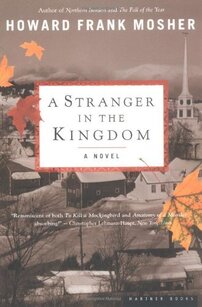
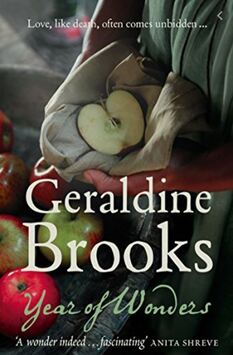
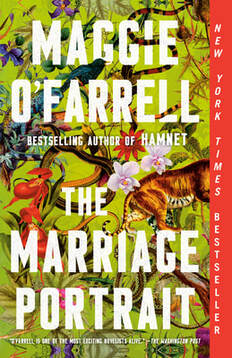
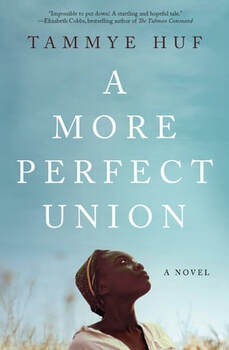
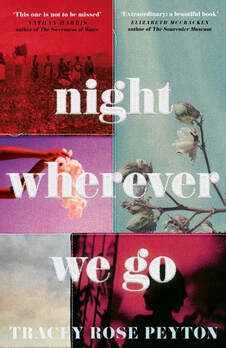
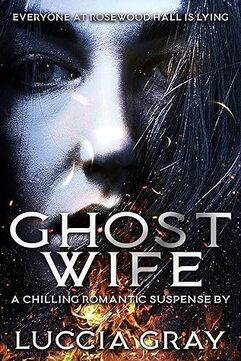
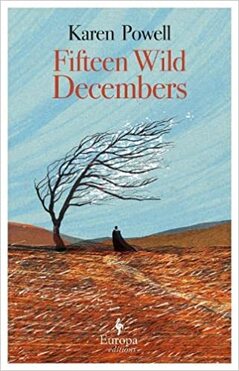
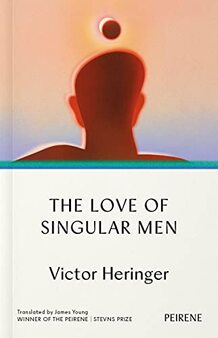
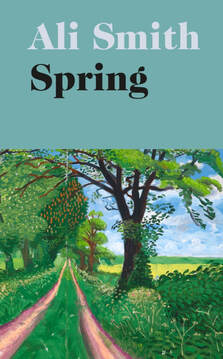
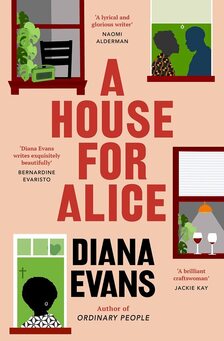
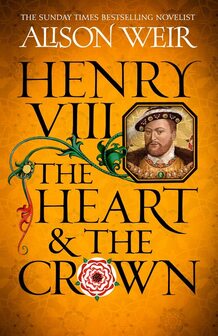
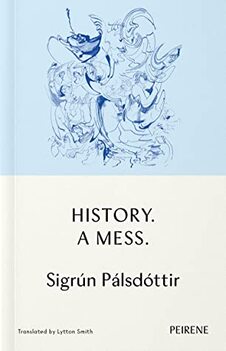
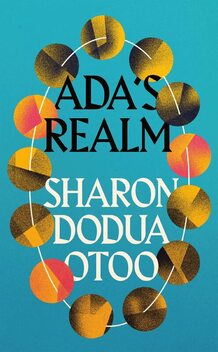
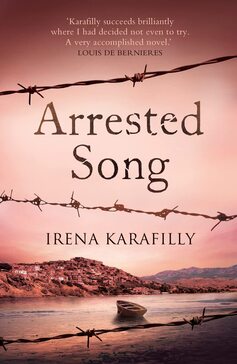
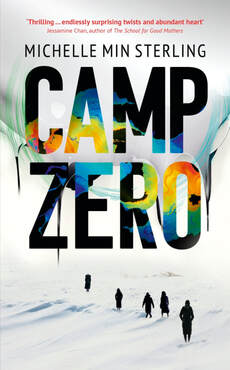
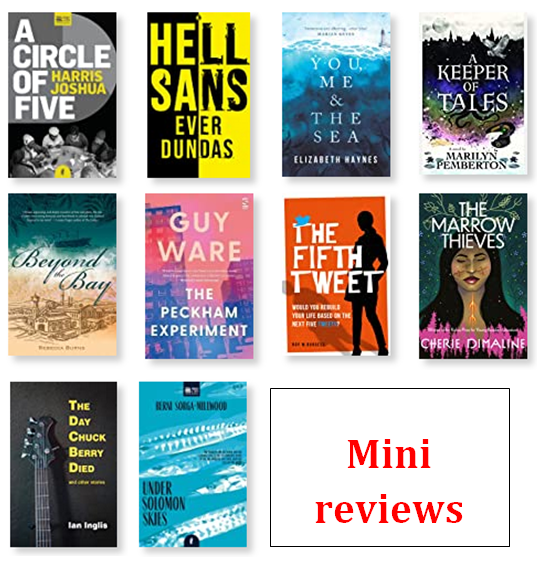
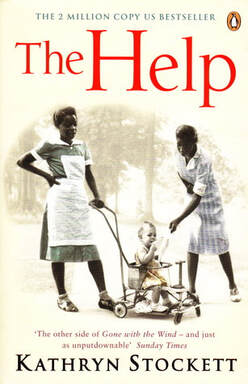
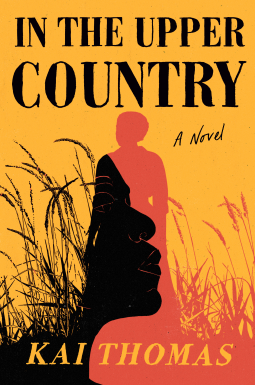
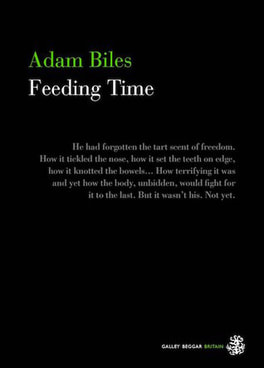
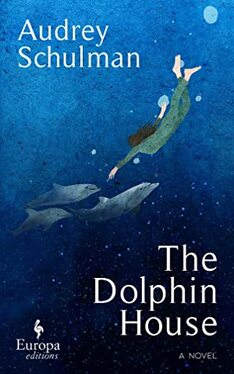
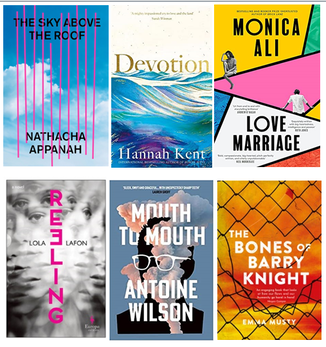
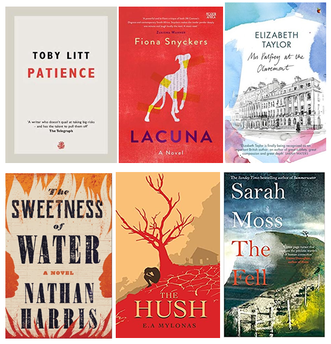
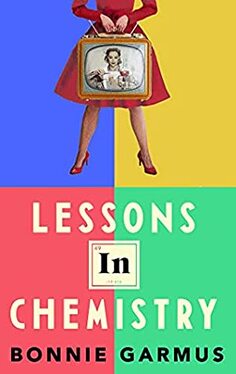
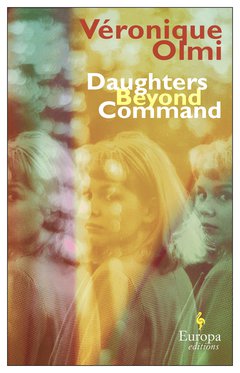
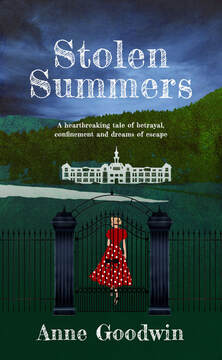
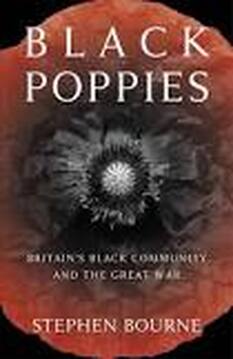
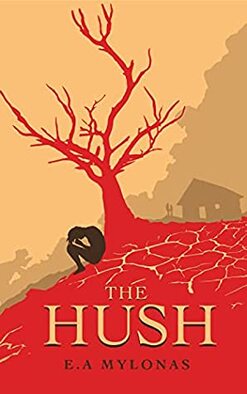
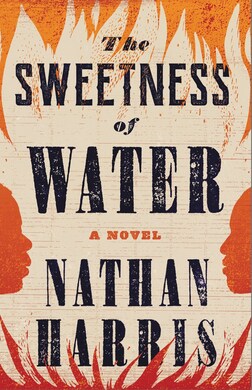
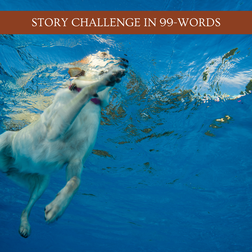
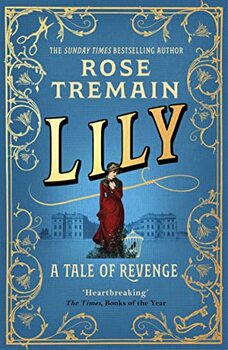
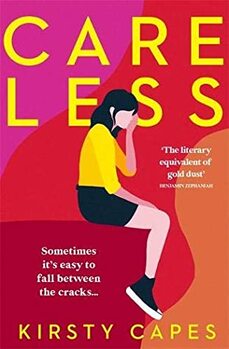
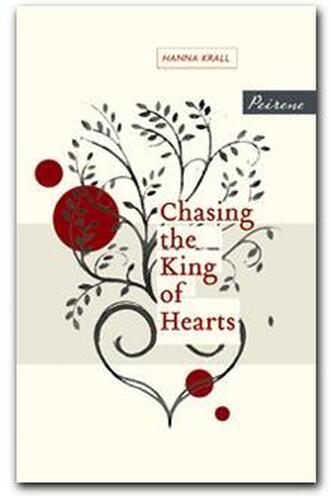
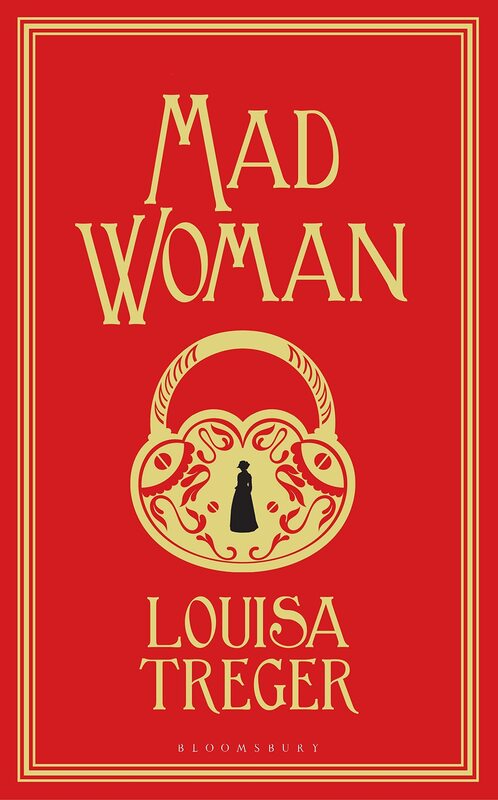
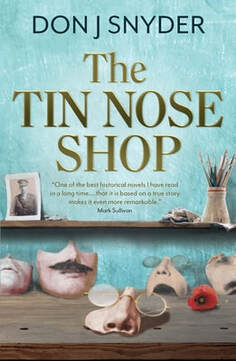
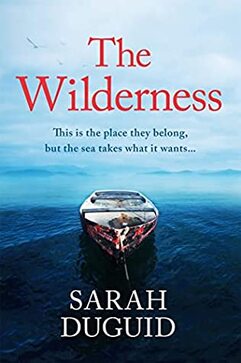
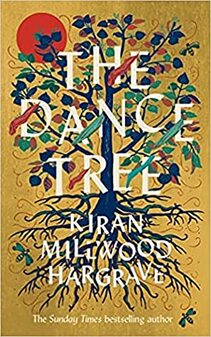
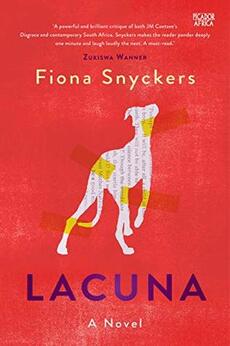
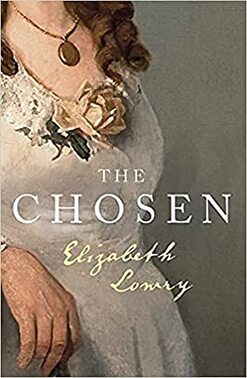
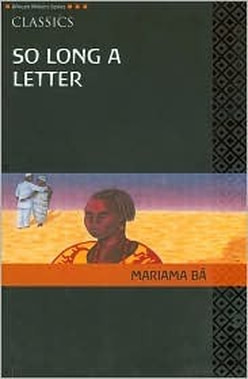
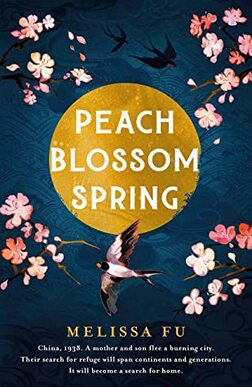
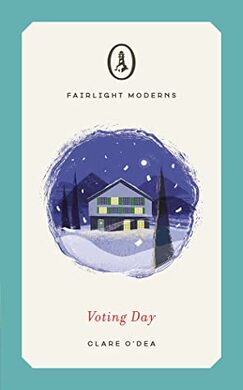
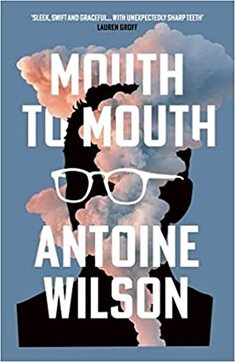
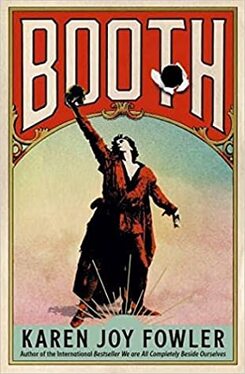

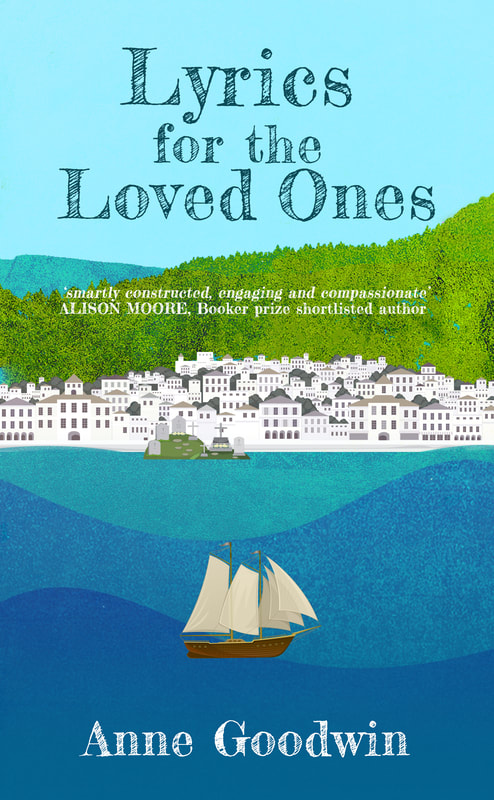
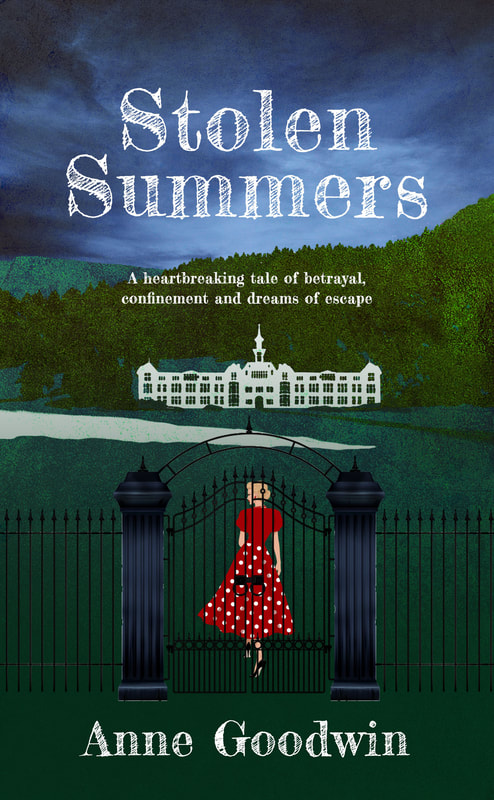


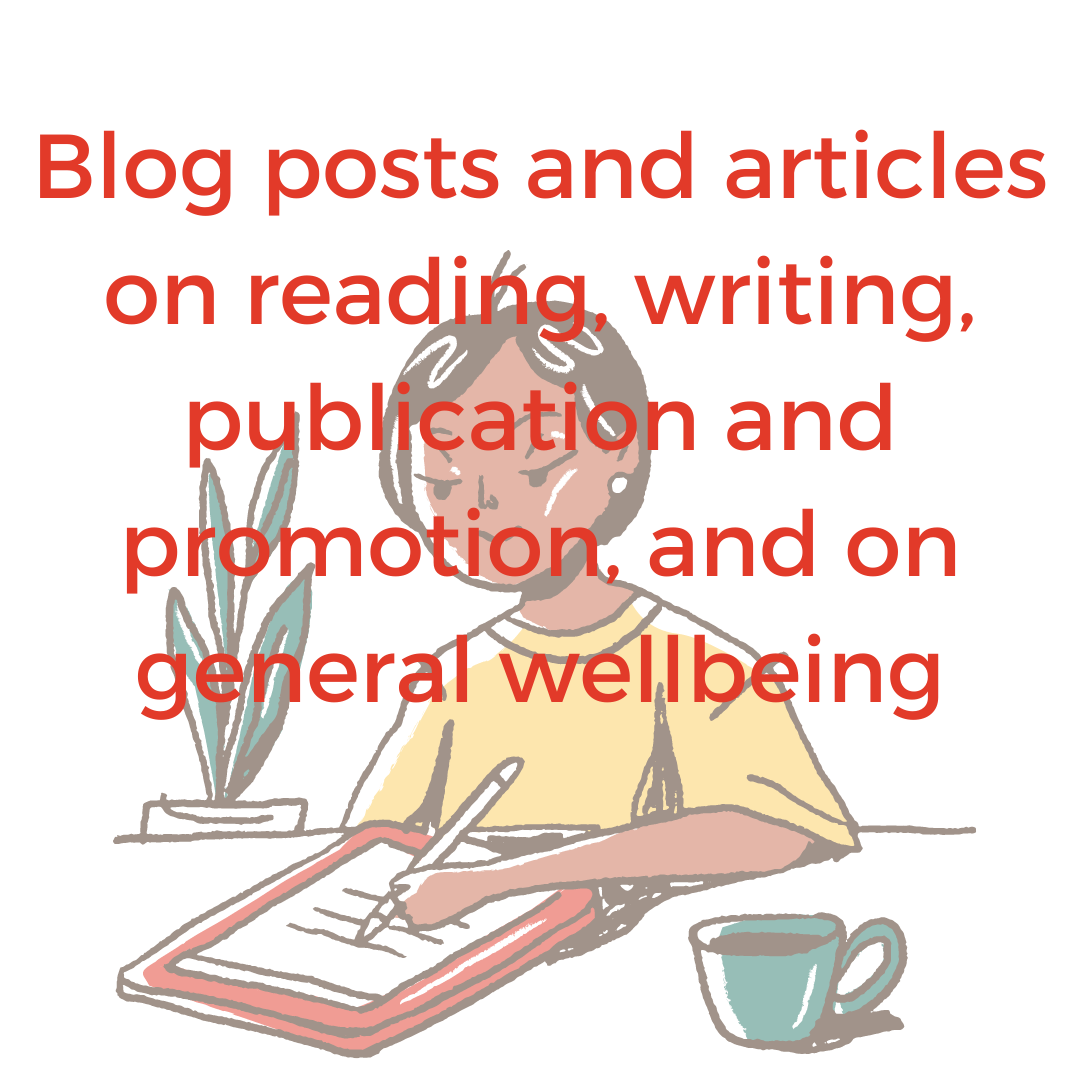

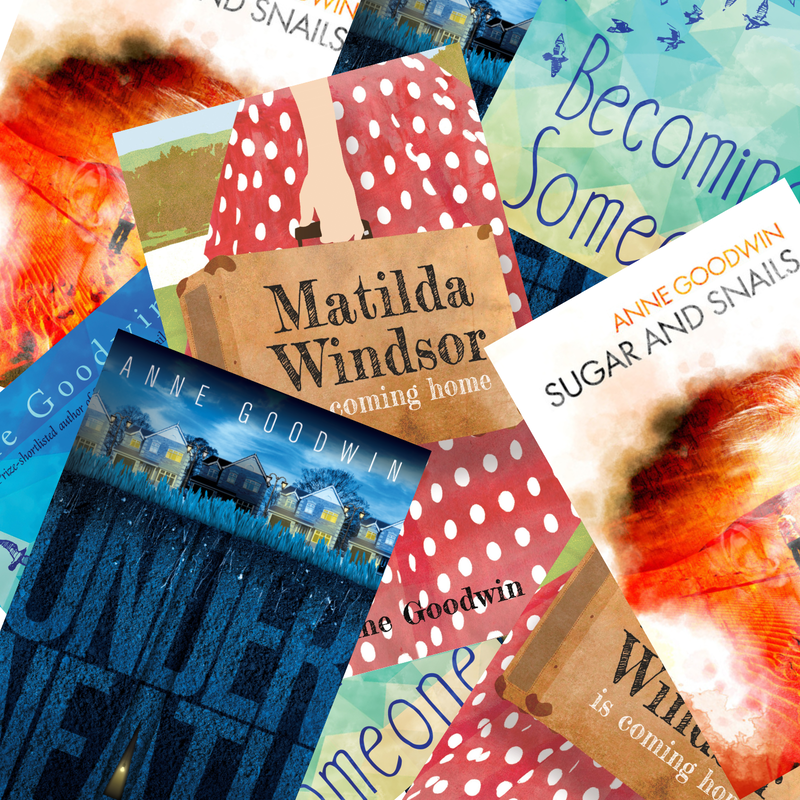
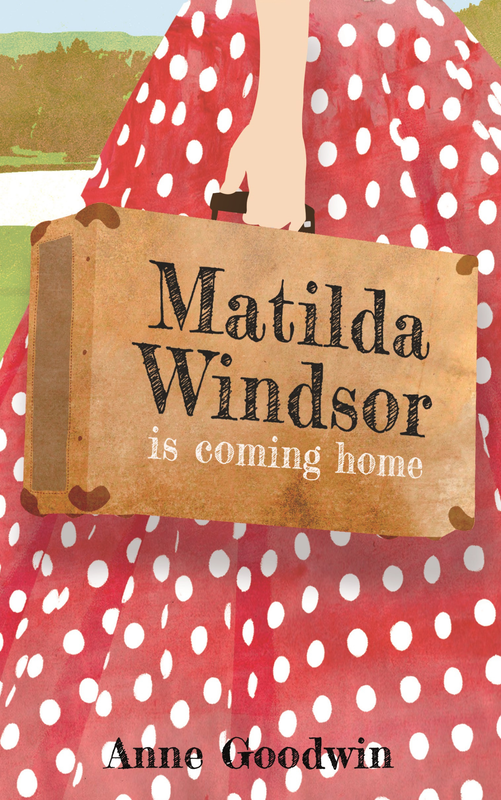
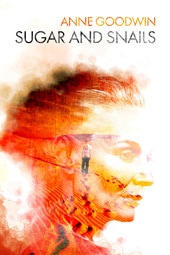

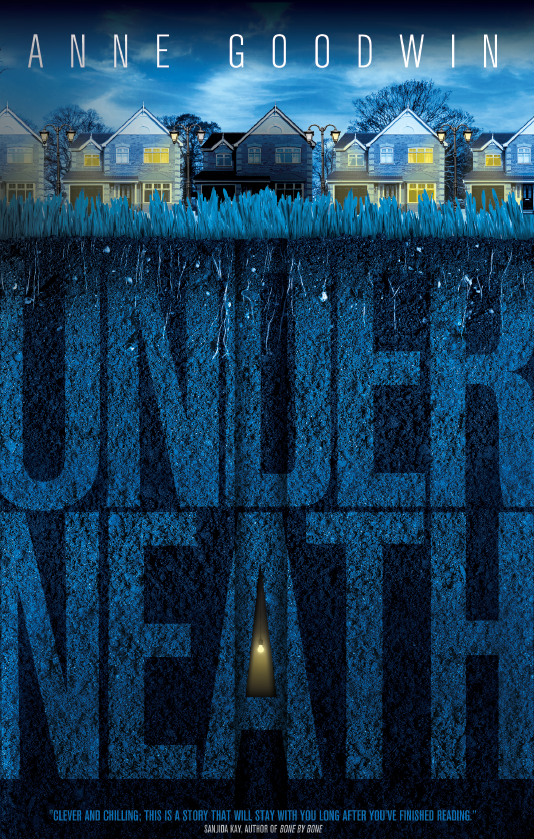
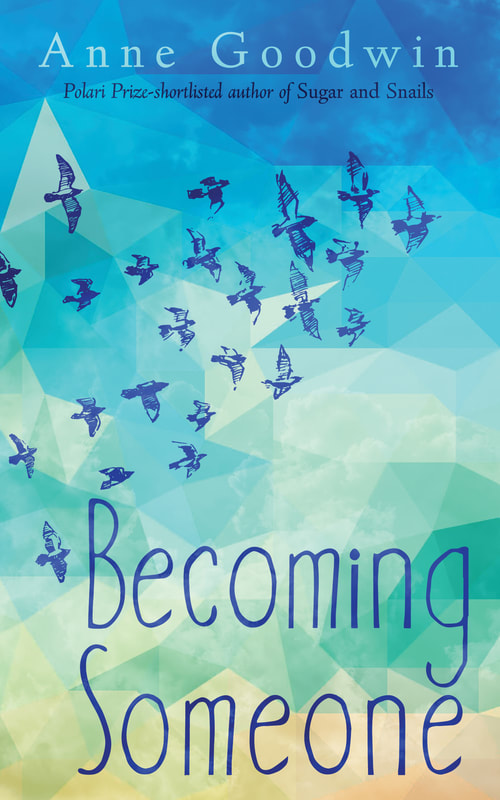






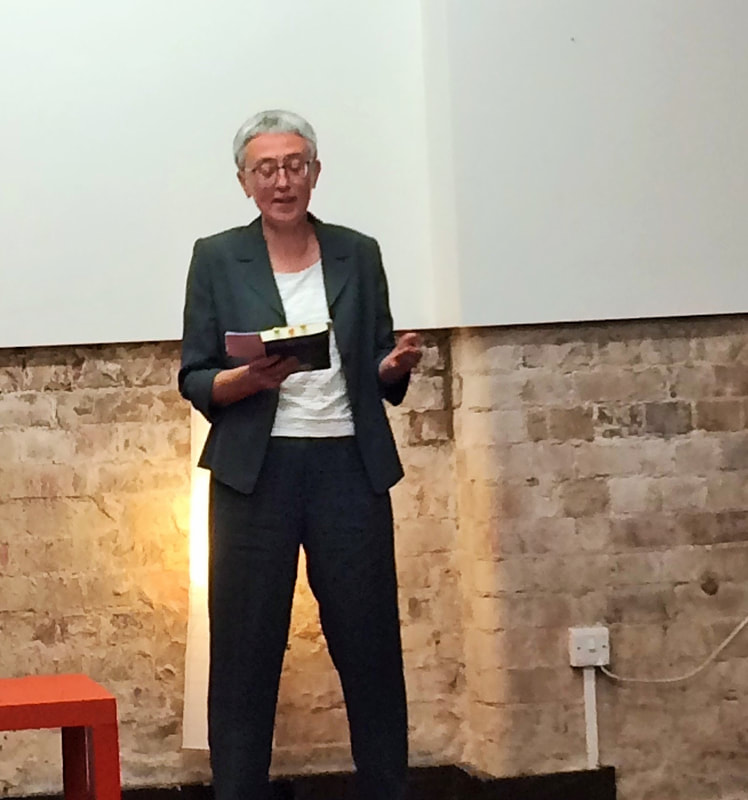

 RSS Feed
RSS Feed

